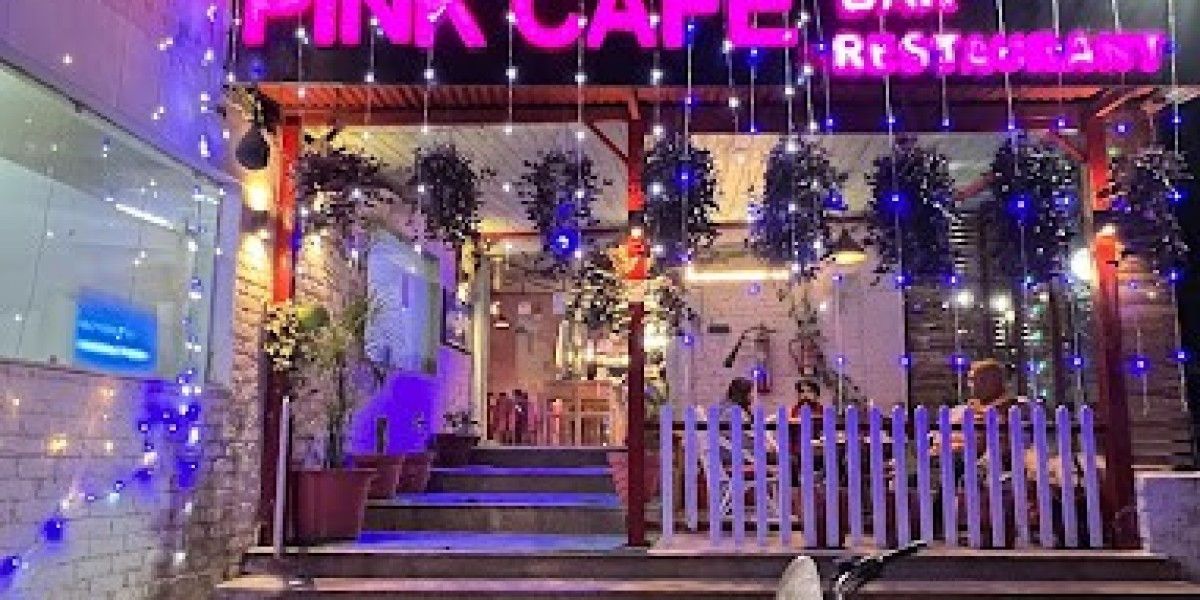In modern construction and civil engineering, the demand for efficient, durable, and versatile building methods has never been higher. One solution that has stood the test of time while continuously evolving with technology is shotcrete. Known for its high strength, adaptability, and cost-effectiveness, shotcrete has become an essential choice for projects involving slope stabilization, retaining walls, tunnels, and various structural repairs.
What is Shotcrete?
Shotcrete is a method of applying concrete or mortar pneumatically through a hose at high velocity onto a surface. This technique allows the concrete to bond effectively to complex shapes and vertical or overhead surfaces without the need for conventional formwork. Available in both wet-mix and dry-mix processes, shotcrete is known for its speed of application and structural integrity.
Key Benefits of Shotcrete
1. Versatility – Suitable for a wide range of applications, from stabilizing soil and rock faces to lining tunnels and repairing structural damage.
2. Strength and Durability – Shotcrete offers high compressive strength, ensuring long-lasting stability in demanding environments.
3. Time Efficiency – With no need for traditional formwork in many cases, projects can be completed faster without compromising quality.
4. Adaptability – Easily applied to irregular surfaces, making it ideal for geological formations and complex structural designs.
5. Cost-Effectiveness – Reduces labor, material waste, and overall project timelines, resulting in significant savings.
Applications of Shotcrete in Construction
· Slope Stabilization:
Shotcrete is widely used to stabilize slopes, embankments, and cuttings. It prevents erosion, strengthens loose soil or rock, and provides a protective barrier against environmental factors.
· Retaining Walls:
The technique is ideal for forming strong, long-lasting retaining walls that can withstand high lateral loads while blending with the surrounding landscape.
· Tunnels and Underground Structures:
Shotcrete plays a crucial role in lining tunnels and underground chambers, offering rapid support to prevent collapses and creating a smooth, protective interior surface.
· Structural Repairs:
For deteriorating concrete structures, shotcrete provides an effective rehabilitation solution. It can restore structural integrity and extend service life without requiring full reconstruction.
· Water Containment Structures:
Reservoirs, dams, and swimming pools can benefit from shotcrete’s watertight capabilities and resistance to environmental wear.
Wet-Mix vs. Dry-Mix Shotcrete
· Wet-Mix Process:
In this method, all ingredients are mixed with water before being pumped through the hose. The wet mixture is then propelled by compressed air onto the surface. This approach ensures consistent quality and is ideal for larger applications where high volume is needed.
· Dry-Mix Process:
Here, dry materials are fed into the hose and water is added at the nozzle just before application. This method offers more control over water content and is excellent for smaller, precise applications or when working in areas where access is limited.
The Process of Applying Shotcrete
1. Surface Preparation:
The substrate must be cleaned of loose materials, dust, and debris to ensure proper bonding.
2. Reinforcement Installation:
In many applications, steel mesh or rebar is positioned to provide additional structural support.
3. Mixing and Application:
Depending on the chosen process (wet or dry), the shotcrete mix is prepared and pneumatically applied at high velocity.
4. Finishing:
Once applied, the surface can be left as-sprayed or finished with trowels for a smoother appearance.
5. Curing:
Proper curing is essential to achieve the desired strength and durability, often involving moisture retention methods over a set period.
Advantages Over Traditional Concrete Placement
While conventional concrete pouring requires formwork and is limited in application to certain shapes, shotcrete eliminates many of these restrictions. It is particularly effective for overhead applications, vertical walls, and irregular surfaces where traditional methods would be impractical or costly.
Environmental and Safety Considerations
Modern shotcrete techniques also focus on minimizing dust production, using eco-friendly admixtures, and reducing material waste. Safety measures such as dust suppression systems, protective gear for workers, and adherence to strict application guidelines are critical for ensuring both environmental and occupational safety.
Why Shotcrete is the Future of Ground Engineering
Shotcrete’s combination of strength, adaptability, and speed makes it an invaluable tool for engineers and builders. As construction demands increase and projects become more complex, the ability to apply high-quality concrete quickly and efficiently is a significant advantage.
Whether stabilizing a hillside, repairing a bridge, or lining a tunnel, shotcrete delivers performance that meets the highest industry standards. Its ability to adapt to challenging environments while maintaining structural integrity ensures it will remain a preferred choice for decades to come.
Conclusion
Shotcrete is more than just a construction method—it’s a proven solution for tackling some of the most demanding challenges in civil and geotechnical engineering. By offering durability, versatility, and cost savings, it has become a go-to method for projects requiring both speed and strength. With advancements in technology and materials, the potential for shotcrete applications will only continue to expand, shaping the future of safe and sustainable infrastructure.







